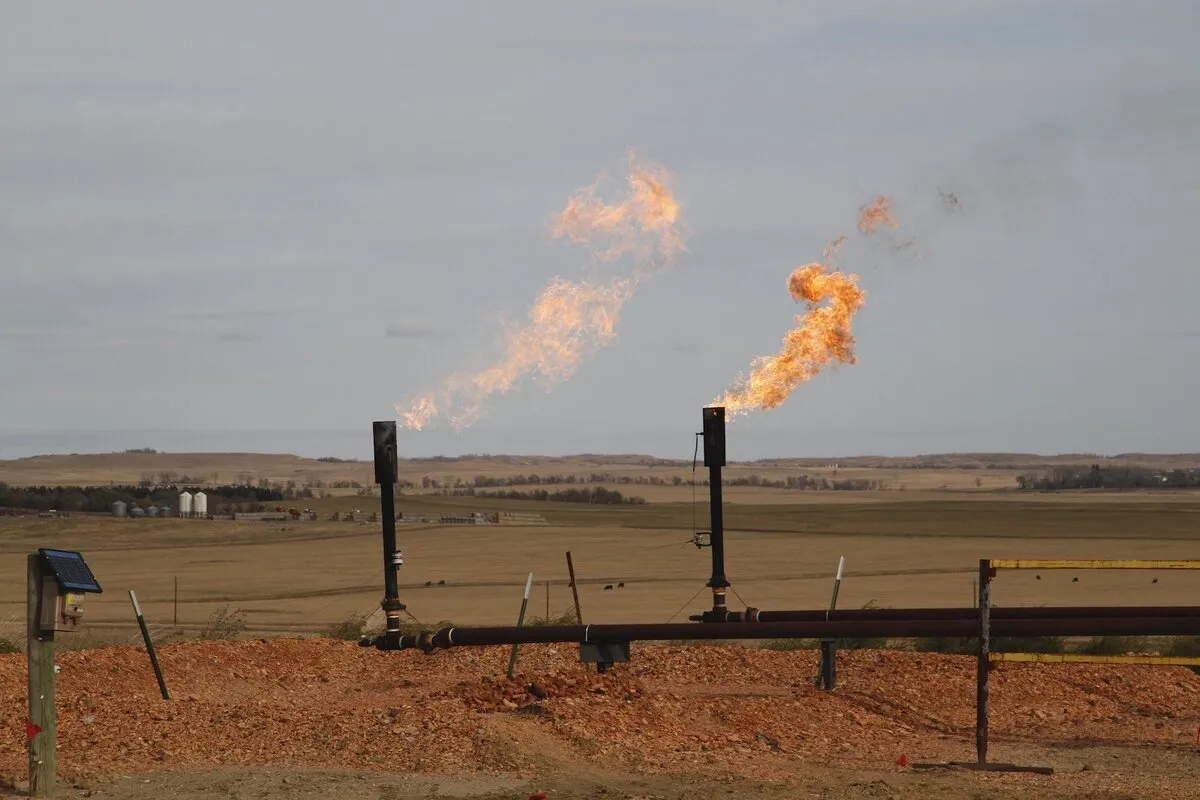Iran-Made Compressors Save 100 Million Dollars Annually from Flare Fires

This technology, which has placed Iran among the top 10 countries in the world, in addition to saving national capital, stores natural gas to meet the needs of 84,000 households.
Based on field reports, the plan to build the first main compressor core in 10 refineries in the South Pars region has resulted in significant achievements like preventing the daily burning of 1.4 million cubic meters of gas ($280,000) in flares, which amounts to $100 million annually, improving the extraction of valuable hydrocarbon compounds like propane and butane with export potential, providing natural gas to 84,000 households for each refinery equipped with this technology, preserving national capital and reducing pollution from burning associated gases.
In the gas transfer cycle from platforms, gas is directed to subsequent units after entering the reservoirs and undergoing a compression process.
Reports in 2024 said that Iran was due to complete seven new projects to recover flare gases, worth 400 million dollars, in the past Persian calendar year (ended on March 20).
Mahmoud Aminnejad, the managing director of the Persian Gulf Bidboland Gas Refinery, said that by launching the projects 16 gas flares will be turned off in the East Karoon region and as much as 250 million cubic feet of gas will be collected for use as feedstock.
The seven projects are part of a general plan named "Renovation and Construction of Gas Collection Facilities" which the Petroleum Ministry is pursuing its implementation seriously.
The contract for the renovation and construction of gas collection facilities in the East Karoon region, worth 1.109 billion dollars, was signed in 2018 between the Persian Gulf Holding and the National Iranian South Oil Company (NISOC).
The Persian Gulf Bidboland Gas Refinery, which is in charge of implementing the contract, plans to collect the associated gases, preventing the burning of national wealth, preserving the environment, and providing the collected gases as feedstock.
Aminnejad said that Bidboland Gas Refinery had become operational in February 2021 as the largest processing associated gas installation but its sustainable operation depends on the implementation of the renovation and construction of gathering associated gas installation projects.
4155/v





















